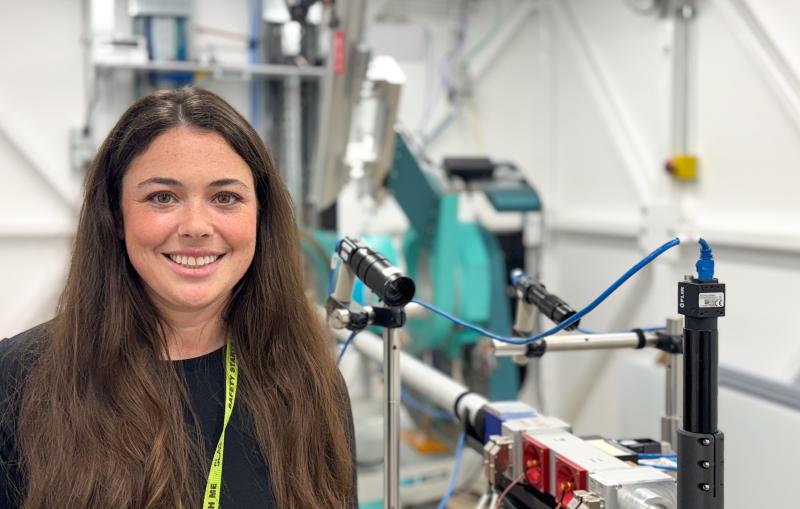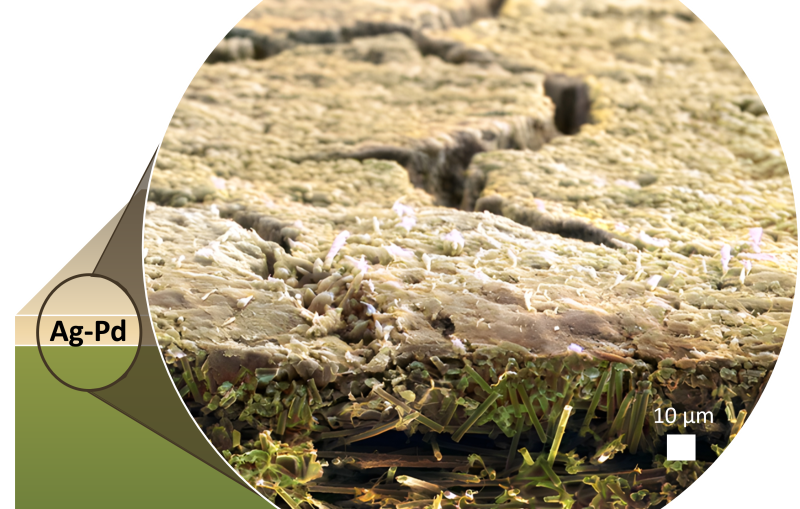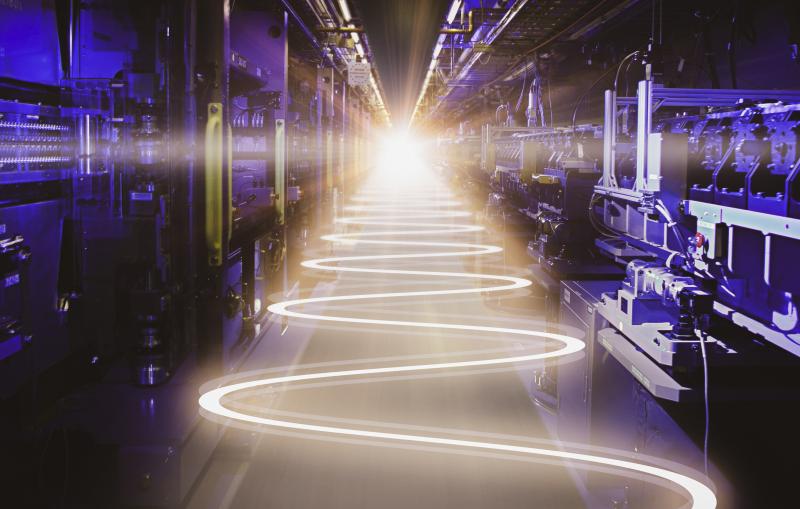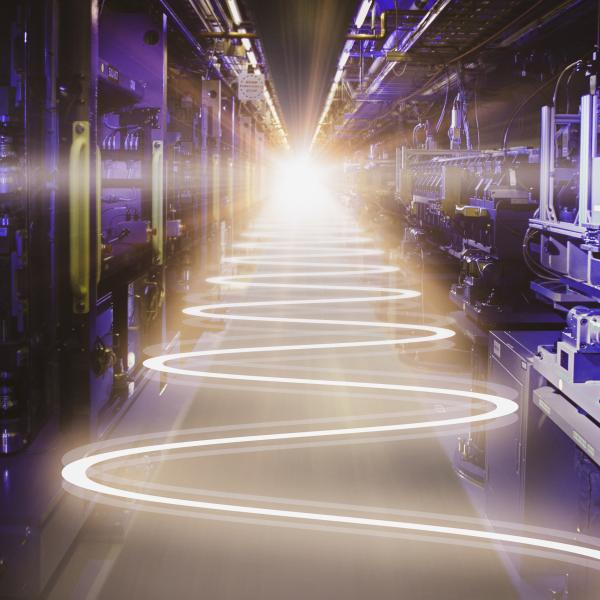
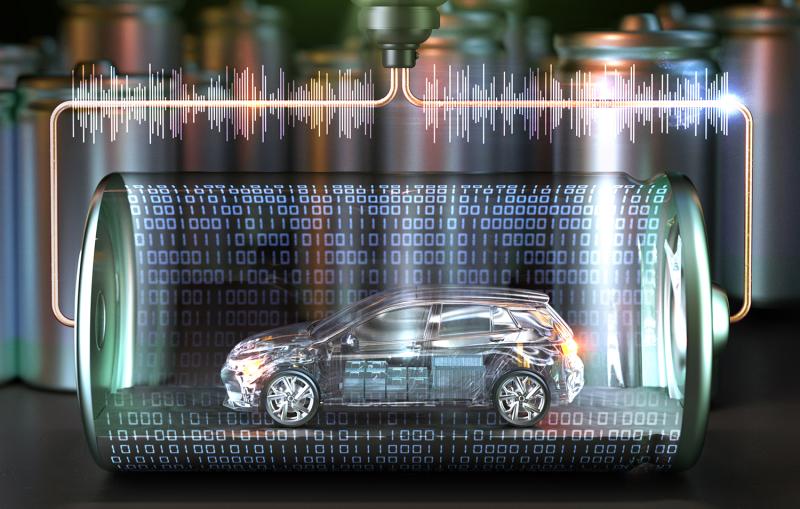
News Feature
Argonne National Lab
A new era for batteries: Argonne leads $50M sodium-ion innovation push
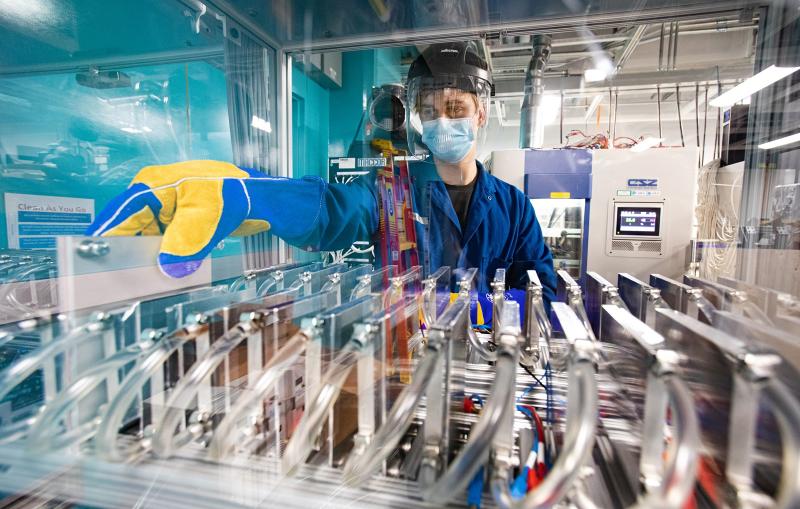
News Feature
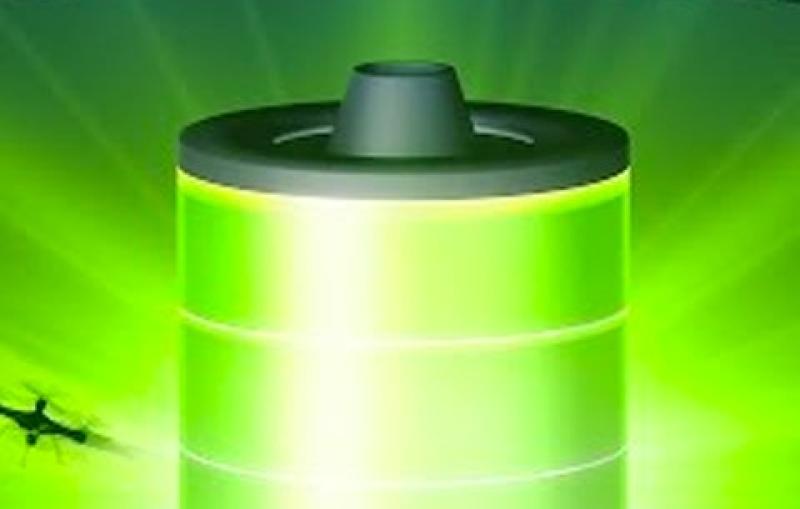
News Feature
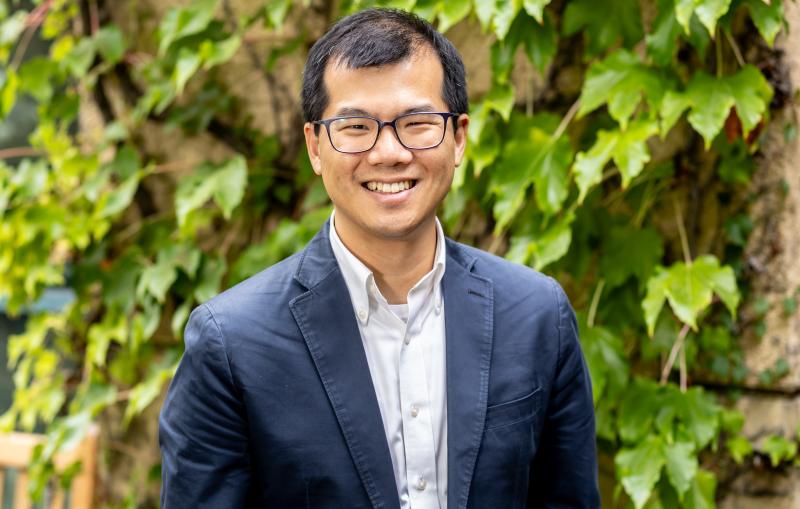

The new SLAC-Stanford Battery Center creates a generational opportunity enabling translational research in electrochemical science and technology bridging across fundamental science to deployment.




